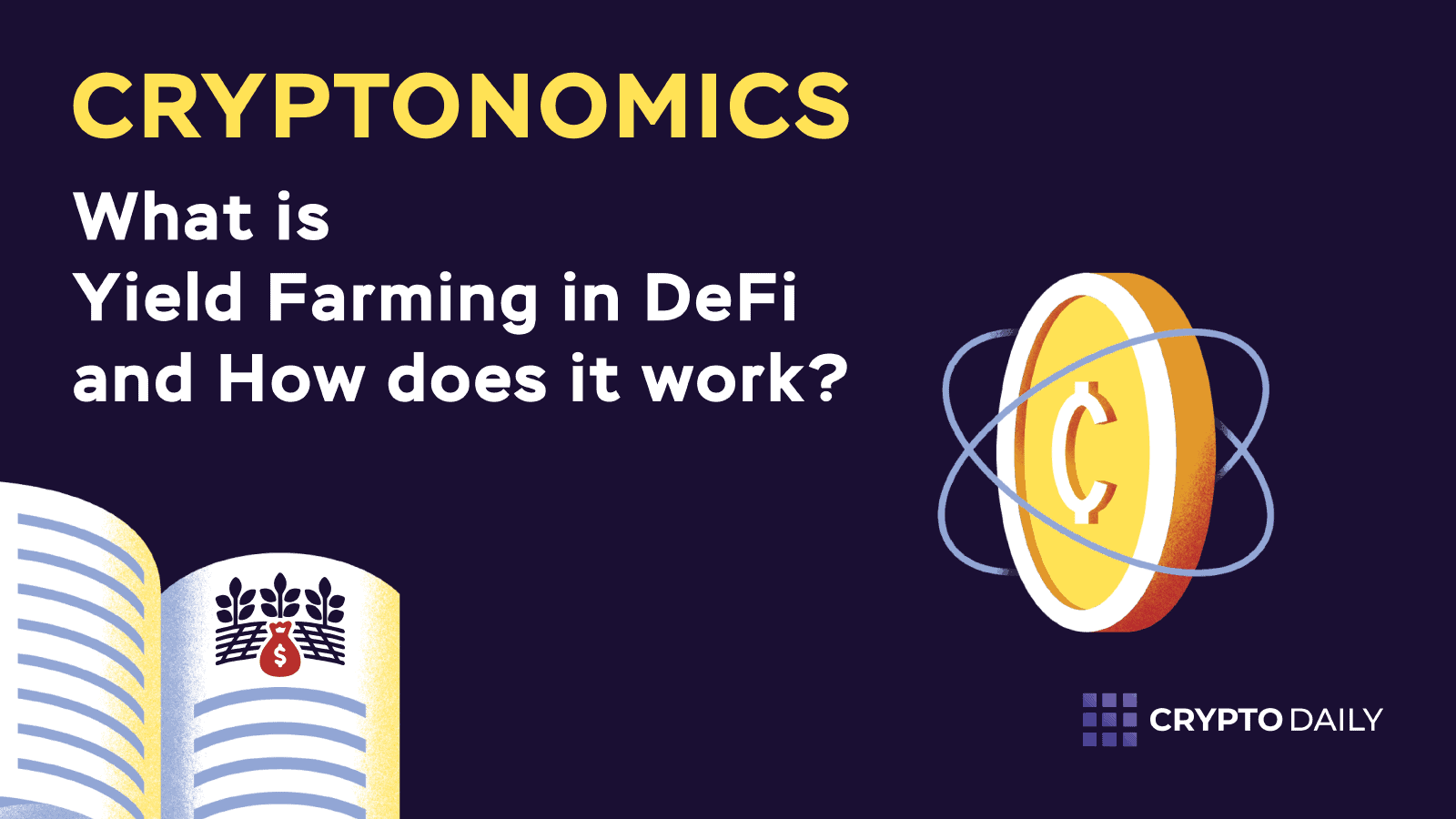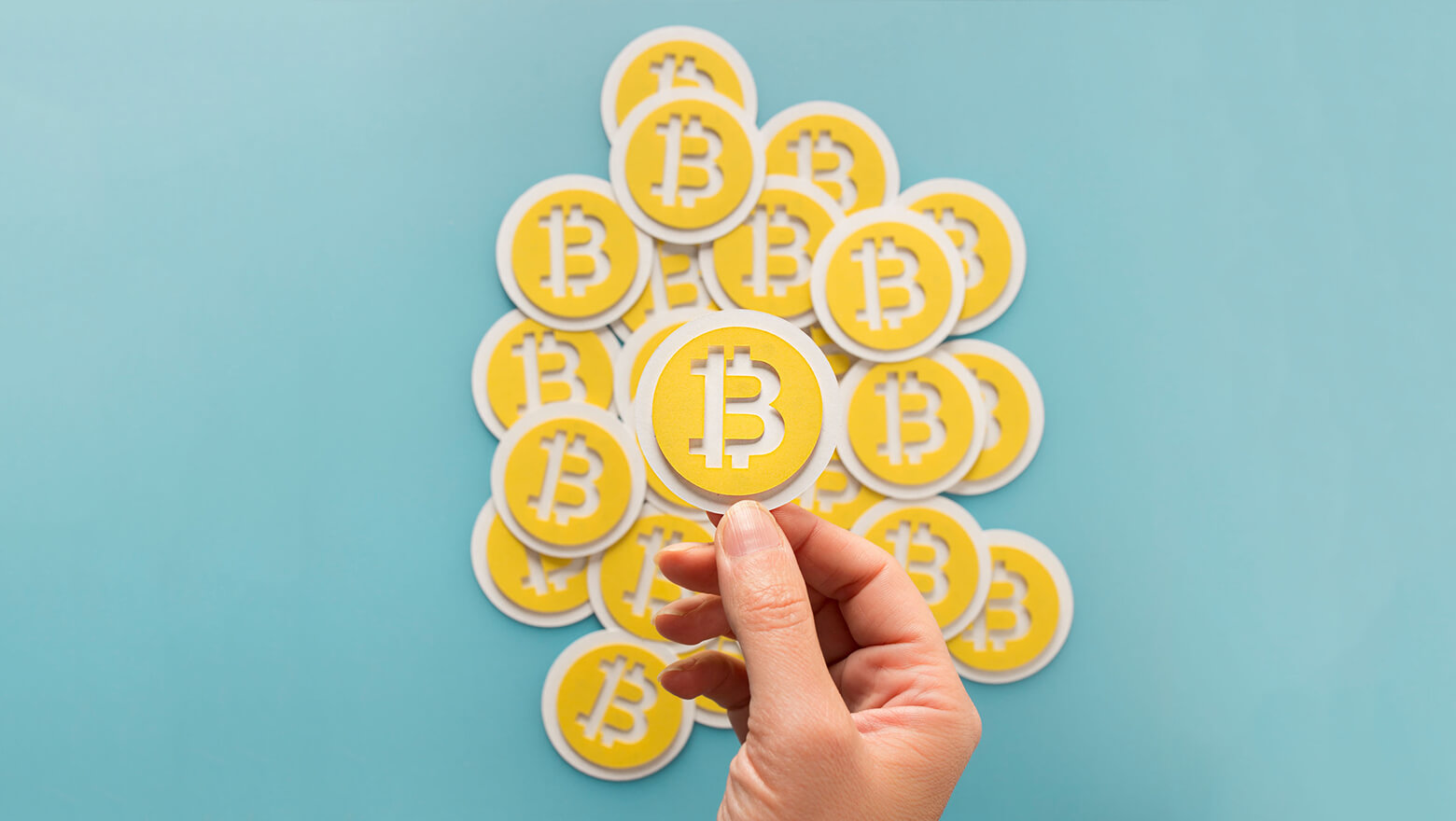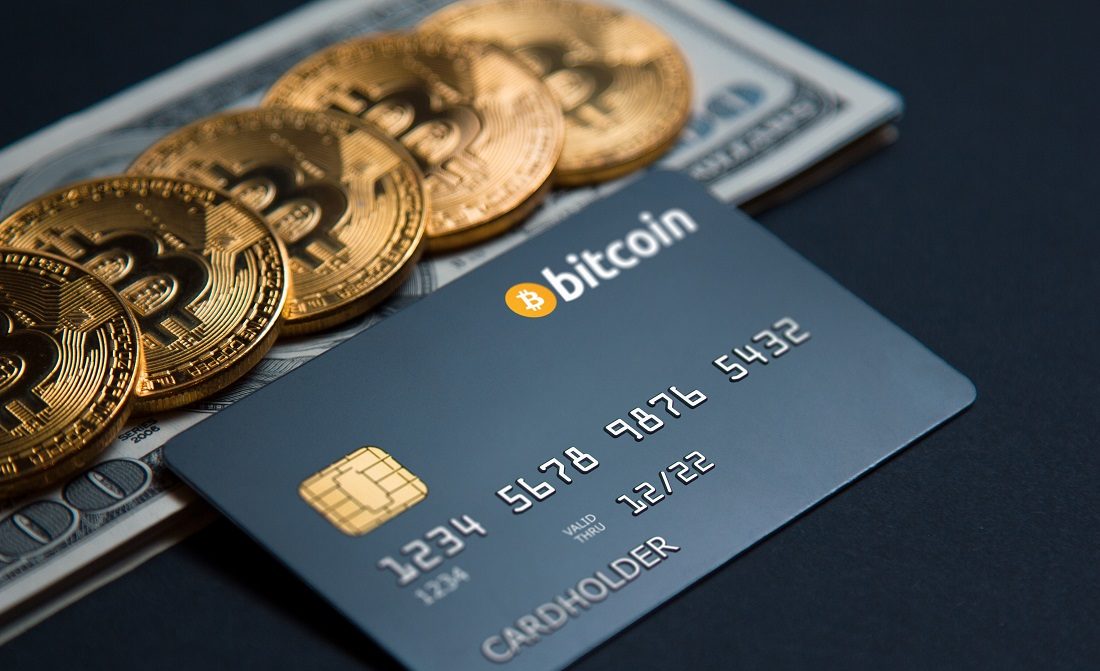
The data mining process has many steps. Data preparation, data processing, classification, clustering and integration are the three first steps. However, these steps are not exhaustive. Sometimes, the data is not sufficient to create a mining model that works. This can lead to the need to redefine the problem and update the model following deployment. You may repeat these steps many times. You need a model that accurately predicts the future and can help you make informed business decision.
Data preparation
To get the best insights from raw data, it is important to prepare it before processing. Data preparation can include standardizing formats, removing errors, and enriching data sources. These steps are essential to avoid biases caused by incomplete or inaccurate data. Data preparation is also helpful in identifying and fixing errors during and after processing. Data preparation can be time-consuming and require the use of specialized tools. This article will discuss the advantages and disadvantages of data preparation and its benefits.
To make sure that your results are as precise as possible, you must prepare the data. Preparing data before using it is a crucial first step in the data-mining procedure. It involves finding the data required, understanding its format, cleaning it, converting it to a usable format, reconciling different sources, and anonymizing it. There are many steps involved in data preparation. You will need software and people to do it.
Data integration
Proper data integration is essential for data mining. Data can be obtained from various sources and analyzed by different processes. The whole process of data mining involves integrating these data and making them available in a unified view. Different communication sources include data cubes and flat files. Data fusion involves merging various sources and presenting the findings in a single uniform view. Redundancy and contradictions should not be allowed in the consolidated findings.
Before data can be integrated, it must first converted to a format that is suitable for the mining process. You can clean this data using various techniques like clustering, regression and binning. Other data transformation processes involve normalization and aggregation. Data reduction is the process of reducing the number records and attributes in order to create a single dataset. Data may be replaced by nominal attributes in some cases. A data integration process should ensure accuracy and speed.

Clustering
Make sure you choose a clustering algorithm that can handle large quantities of data. Clustering algorithms that are not scalable can cause problems with understanding the results. Clusters should always be part of a single group. However, this is not always possible. Also, choose an algorithm that can handle both high-dimensional and small data, as well as a wide variety of formats and types of data.
A cluster is an organized collection of similar objects, such as a person or a place. Clustering in data mining is a method of grouping data according to similarities and characteristics. In addition to being useful for classification, clustering is often used to determine the taxonomy of plants and genes. It can be used in geospatial applications, such as mapping areas of similar land in an earth observation database. It can also be used to identify house groups within a city, based on the type of house, value, and location.
Classification
Classification in the data mining process is an important step that determines how well the model performs. This step can also be applied to target marketing, medical diagnosis and treatment effectiveness. This classifier can also help you locate stores. You need to look at a wide range of data sources and try out different classification algorithms to determine whether classification is the right one for you. Once you've determined which classifier performs best, you will be able to build a modeling using that algorithm.
A credit card company may have a large number of cardholders and want to create profiles for different customers. In order to accomplish this, they have separated their card holders into good and poor customers. These classes would then be identified by the classification process. The training set contains the data and attributes of the customers who have been assigned to a specific class. The test set would then be the data that corresponds to the predicted values for each of the classes.
Overfitting
Overfitting is determined by the number of parameters, data shape and noise levels. Overfitting is less common for small data sets and more likely for noisy sets. No matter what the reason, the results are the same: models that have been overfitted do worse on new data, while their coefficients of determination shrink. These problems are common with data mining. It is possible to avoid these issues by using more data, or reducing the number features.

Overfitting is when a model's prediction accuracy falls to below a certain threshold. If the model's prediction accuracy falls below 50% or its parameters are too complicated, it is called overfitting. Another example of overfitting is when the learner predicts noise when it should be predicting the underlying patterns. The more difficult criteria is to ignore noise when calculating accuracy. An algorithm that predicts the frequency of certain events, but fails in doing so would be one example.
FAQ
Is it possible to earn money while holding my digital currencies?
Yes! You can actually start making money immediately. ASICs is a special software that allows you to mine Bitcoin (BTC). These machines are specially designed to mine Bitcoins. Although they are quite expensive, they make a lot of money.
What is Blockchain?
Blockchain technology is decentralized, meaning that no one person controls it. It works by creating a public ledger of all transactions made in a given currency. The blockchain tracks every money transaction. If anyone tries to alter the records later on, everyone will know about it immediately.
What is the best way to invest in crypto?
Crypto is growing fast, but it can also be volatile. That means if you invest in crypto without understanding how it works, you could lose all your money.
Begin by researching cryptocurrencies such Bitcoin, Ethereum Ripple or Litecoin. There are plenty of resources online that can help you get started. Once you decide on the cryptocurrency that you wish to invest in it, you will need to decide whether or not to buy it from another person.
If you opt to purchase coins directly from an exchange, you will need to find someone who sells them coins at a discount. Buying directly from someone else gives you access to liquidity, meaning you won't have to worry about getting stuck holding onto your investment until you can sell it again.
You will have to deposit funds into an account before you can buy coins. You can also get advanced order book and 24/7 customer service from exchanges.
Will Bitcoin ever become mainstream?
It's already mainstream. More than half the Americans own cryptocurrency.
Statistics
- That's growth of more than 4,500%. (forbes.com)
- As Bitcoin has seen as much as a 100 million% ROI over the last several years, and it has beat out all other assets, including gold, stocks, and oil, in year-to-date returns suggests that it is worth it. (primexbt.com)
- Ethereum estimates its energy usage will decrease by 99.95% once it closes “the final chapter of proof of work on Ethereum.” (forbes.com)
- This is on top of any fees that your crypto exchange or brokerage may charge; these can run up to 5% themselves, meaning you might lose 10% of your crypto purchase to fees. (forbes.com)
- For example, you may have to pay 5% of the transaction amount when you make a cash advance. (forbes.com)
External Links
How To
How to get started with investing in Cryptocurrencies
Crypto currencies are digital assets that use cryptography (specifically, encryption) to regulate their generation and transactions, thereby providing security and anonymity. The first crypto currency was Bitcoin, which was invented by Satoshi Nakamoto in 2008. There have been numerous new cryptocurrencies since then.
The most common types of crypto currencies include bitcoin, etherium, litecoin, ripple and monero. A cryptocurrency's success depends on several factors. These include its adoption rate, market capitalization and liquidity, transaction fees as well as speed, volatility and ease of mining.
There are many methods to invest cryptocurrency. One way is through exchanges like Coinbase, Kraken, Bittrex, etc., where you buy them directly from fiat money. Another option is to mine your coins yourself, either alone or with others. You can also purchase tokens using ICOs.
Coinbase, one of the biggest online cryptocurrency platforms, is available. It allows users the ability to sell, buy, and store cryptocurrencies including Bitcoin, Ethereum, Ripple. Stellar Lumens. Dash. Monero. You can fund your account with bank transfers, credit cards, and debit cards.
Kraken is another popular platform that allows you to buy and sell cryptocurrencies. It lets you trade against USD. EUR. GBP.CAD. JPY.AUD. Some traders prefer to trade against USD in order to avoid fluctuations due to fluctuation of foreign currency.
Bittrex is another popular platform for exchanging cryptocurrencies. It supports over 200 different cryptocurrencies, and offers free API access to all its users.
Binance is a relatively young exchange platform. It was launched back in 2017. It claims that it is the most popular exchange and has the highest growth rate. It currently trades over $1 billion in volume each day.
Etherium is a decentralized blockchain network that runs smart contracts. It relies on a proof-of-work consensus mechanism for validating blocks and running applications.
Accordingly, cryptocurrencies are not subject to central regulation. They are peer networks that use consensus mechanisms to generate transactions and verify them.